Mammalia

North American Beaver
Castor canadensis

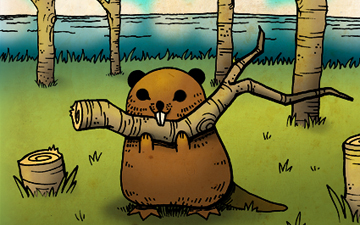
5 POINTS
• Castor canadensis has a MOVE of 2.
• Castor canadensis is a national symbol for Canada.

Harbor Seal
Phoca vitulina


8 POINTS
• Phoca vitulina has a MOVE of 2.
• Phoca vitulina must be played next to at least one OCEAN TERRAIN neighbour.

Eastern Spotted Skunk
Spilogale putorius

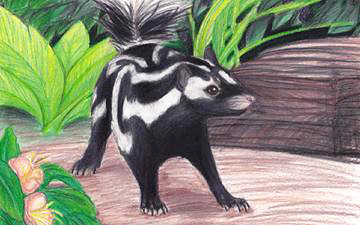
6 POINTS
• Spilogale putorius has a MOVE of 2.
The spotted skunk is not actually “spotted” in the traditional sense. Its dorsal stripes are broken in appearance which gives it its spotted moniker.

Bighorn Sheep
Ovis canadensis


5 POINTS
• Ovis canadensis has a MOVE of 2.
The species originated in Siberia, and crossed over to North America via the Bering land bridge.

Meerkat
Suricata suricatta

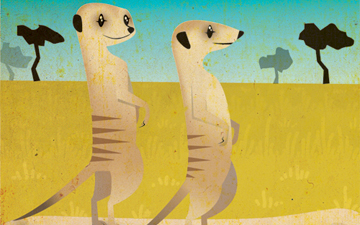
5 POINTS
• Suricata suricatta has a MOVE of 2.
A group of meerkats is called a “mob”, “gang” or “clan.”

Wookiee
Kashyyyk kashyyyk

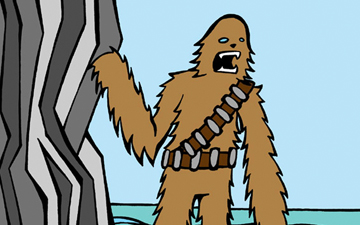
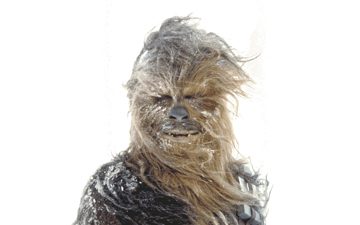
• Wookiees have a MOVE of 1 (or a MOVE of 5 when in spacecraft).
A Wookiee is prone to pulling arms out of sockets when he/she loses. Therefore, it is always wise to “Let the Wookiee win.”